Eddie Martinez
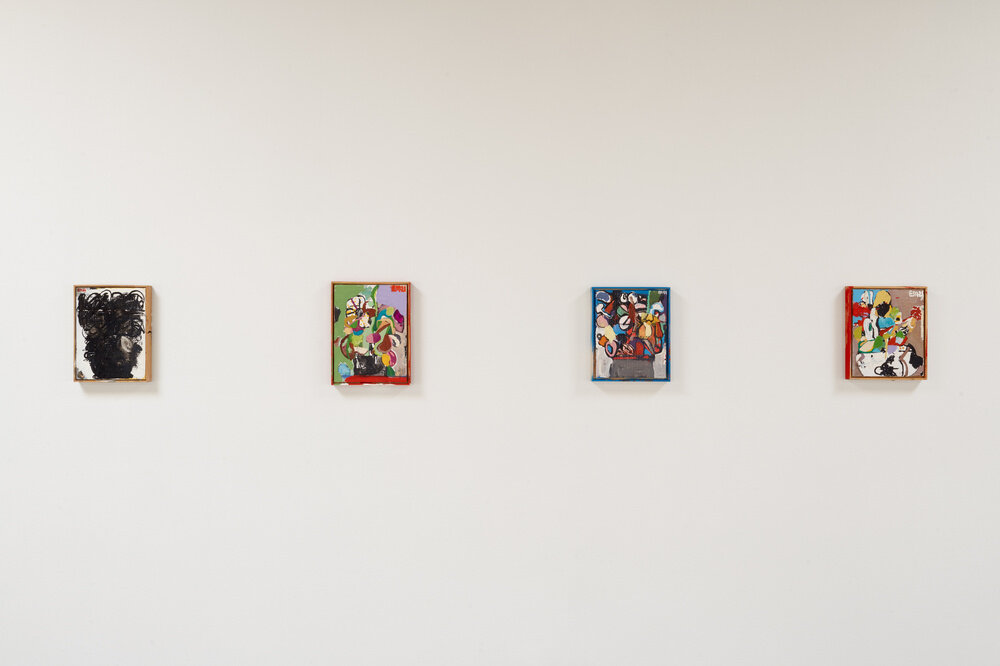
Eddie Martinez
September 14 – October 19, 2024Los Angeles
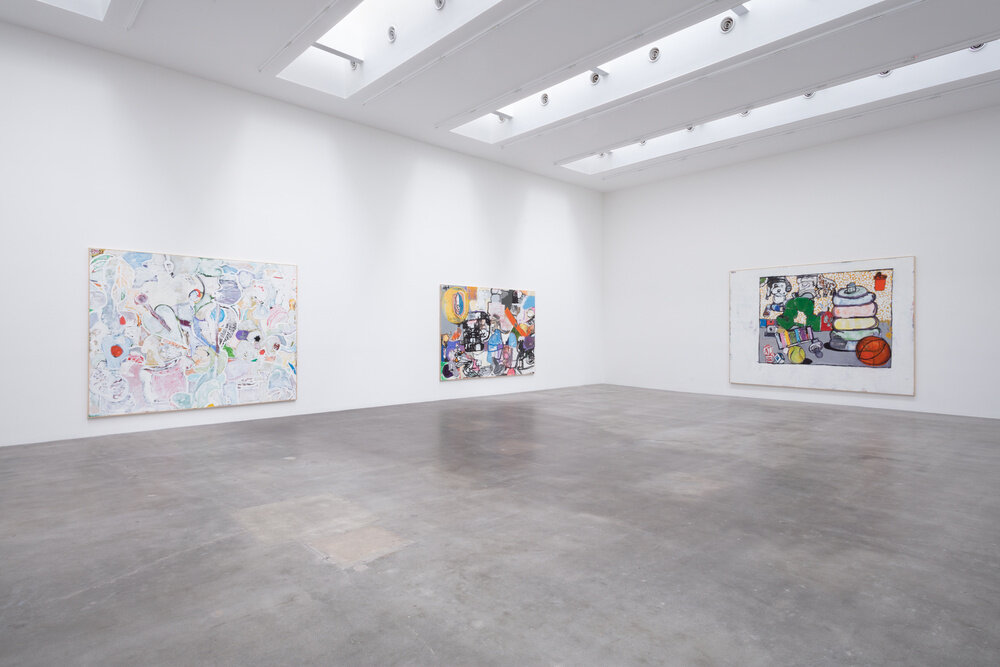
Eddie Martinez
January 15 – February 26, 2022Los Angeles
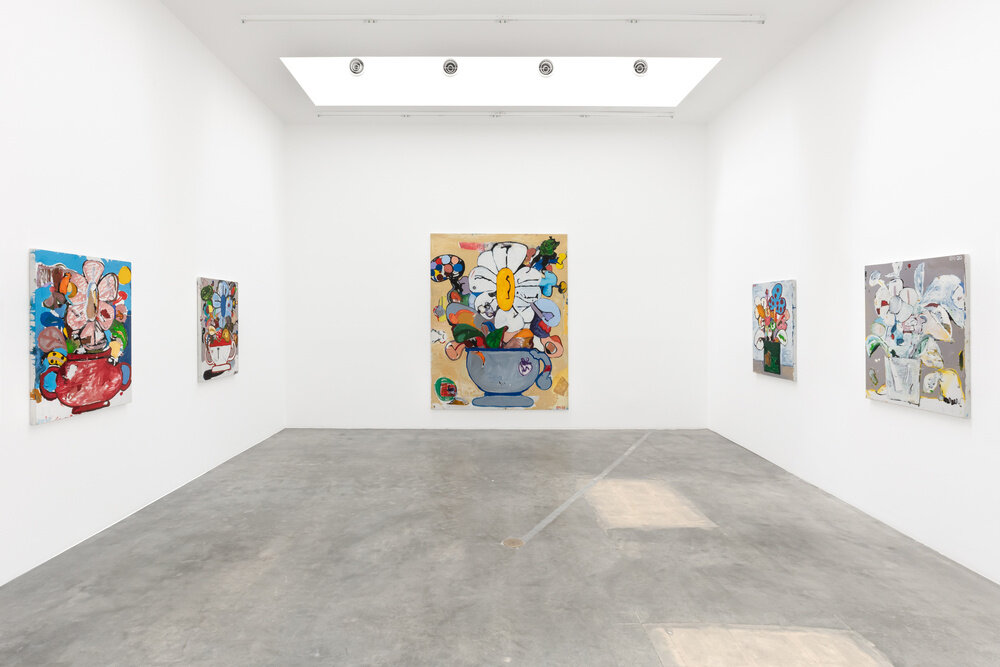
Eddie Martinez
May 15 – June 26, 2021Los Angeles

Blum & Poe, Mendes Wood DM and Object & Thing
May 7 – July 24, 2021The Gerald Luss House, Ossining, NY
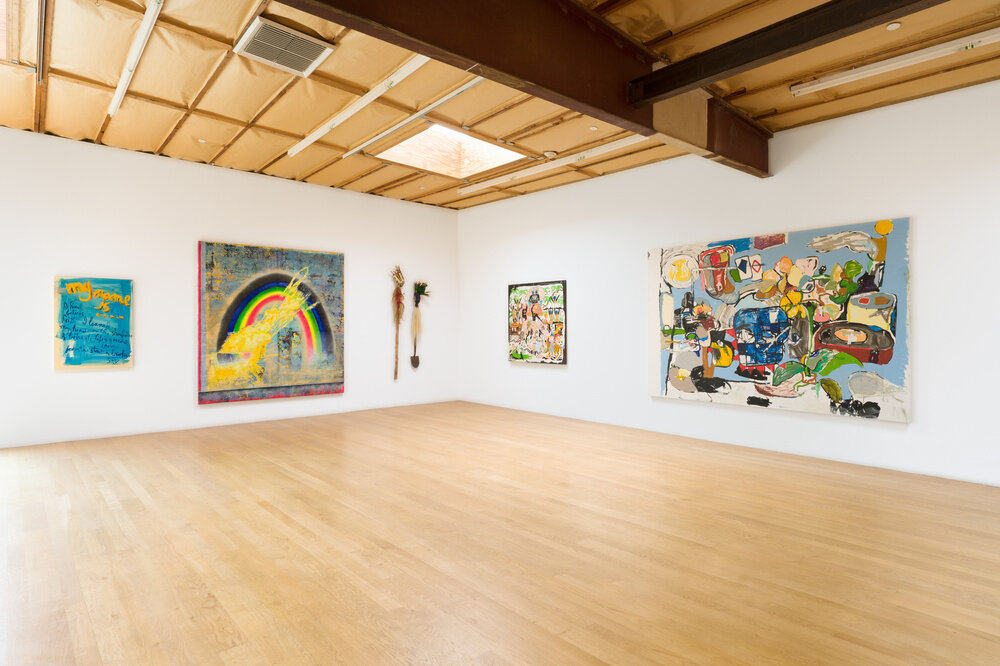
September 22 – October 24, 2020Los Angeles

Curated by Alison M. Gingeras
November 5 – December 23, 2015Los Angeles
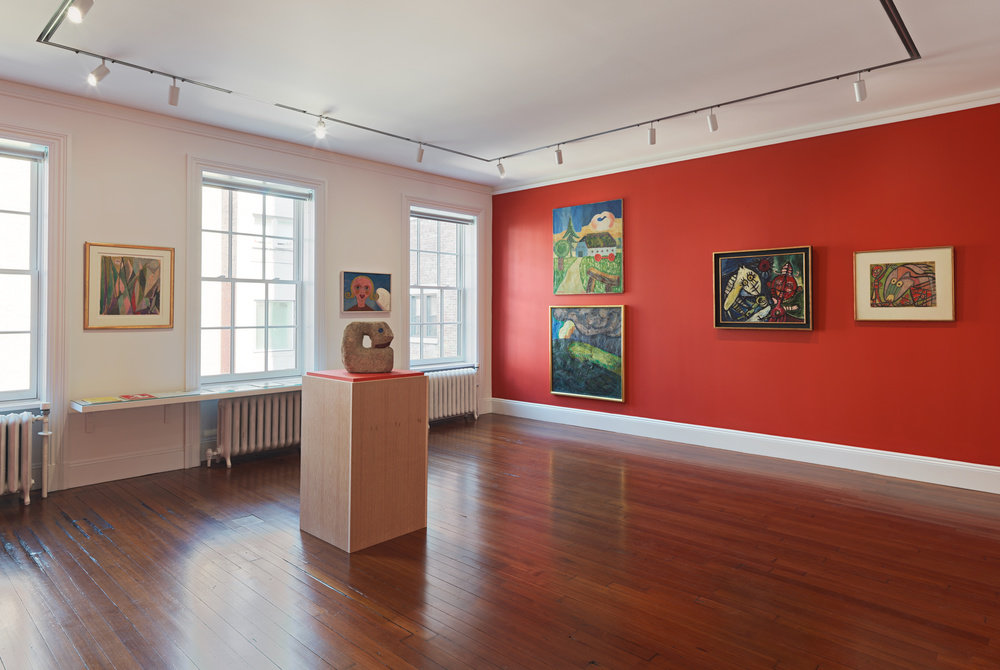
Curated by Alison M. Gingeras
September 9 – October 17, 2015New York

June 30 – August 25, 2007Los Angeles
Broadcasts
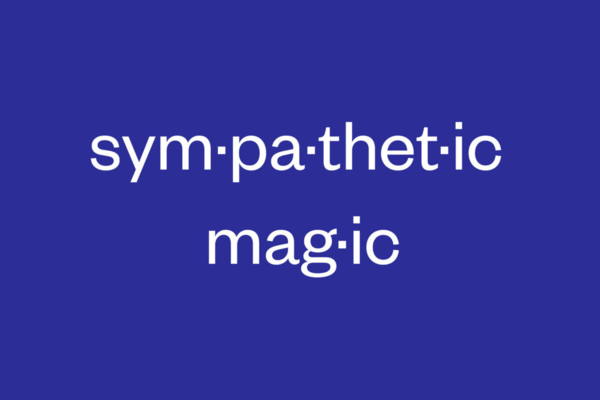
Organized by Bill Powers
June 2020
Biography
Great art should make itself available to all sorts of oddball interpretations and, by that metric, painter Eddie Martinez surely qualifies. But he’s not just a painter—he’s a sculptor, as well as a maniacal draughtsman. An urgency, earnest and searching, pulsates through all mediums he explores, whether it’s a corkscrew line scratched from a ballpoint pen or a lobster buoy hopscotched into an assemblage. The paintings, rotten with spray paint and acrylic, oil and enamel, depict blockheads and bulls, pinwheels and broken skies. However, his most unique quality might be the reverse anthropomorphism his compositions seem to conjure. You look at a canvas and can identify the setting sun—or is it a tennis ball? You see the record player here and the skull there, yet somehow your brain rejects the primal need to categorize. You abandon yourself to the wreckage of gesticulation. You submerge into the drama of brushstrokes borne from intuitive repetition. This is experimental innovation at work. Speed is progress manifest, for it denies the impulse toward stratagem.
Or in the words of The Wall Street Journal’s Kelly Crow, “[Philip] Guston to [Peter] Saul to Eddie Martinez = easy leap for me now.” Guston is an interesting precedent—definitely worth citing—in that he was the inadvertent destroyer of “schools” of art in his refusal to stay in one lane. (Hey, Mondrian made flower paintings, too.) No artist, at least not in this century, should be burdened by the notion of a signature style or the context through which they arise to a public stage. If he shares anything with the AbExers, it’s how Eddie tackles the surface with all the front foot momentum of a de Kooning. In 2015, Martinez was in a group show at Blum & Poe, curated by Alison M. Gingeras, which made the argument that his work follows in the legacy of the CoBrA art movement. This is a fair enough assessment if we can avoid the narrowing path which leads to caricatures.
Martinez’s practice isn’t inherently rooted in the abstract or representational, suffice to say that he plays for his own team. At its core, the art of Eddie Martinez operates along the fault lines of thought and association. Without thinking we are quick to triangulate elements of his pictures, much in the manner of a Rorschach test, but upon further consideration the choices made in his mark making give rise to the art historical, the autobiographical and ephemeral without succumbing to hierarchy.
—Bill Powers
Eddie Martinez (b. 1977, Groton Naval Base, CT) lives and works in Brooklyn, NY. Martinez’s unconventional practice has received growing institutional support, with numerous museum solo shows in recent years, including at the Museum of Contemporary Art Detroit and the Yuz Museum in Shanghai in 2019, a show of new sculptures and paintings at the Bronx Museum in 2018, an exhibition that featured a rotating display of his recent works on paper at the Drawing Center in 2017, and an exhibition at the Davis Museum at Wellesley College, MA in 2017. His works are represented in international public collections including the Carnegie Museum of Art, Pittsburgh, PA; Davis Museum at Wellesley College, Wellesley, MA; Museo de Arte de Puerto Rico, San Juan, Puerto Rico; Museum of Contemporary Art, San Diego, CA; National Gallery of Art, Washington D.C.; Saatchi Collection, London, UK; and the Yuz Museum, Shanghai, China, among others.
Selected Works
News
Juxtapoz | Eddie Martinez Has Done His "Homework"
09/18/2024
Wallpaper* | Los Angeles Art Exhibitions: The Best Shows to See in September
09/13/2024
The New York Times | Move Over, La Guardia and Newark: 18 Artists to Star at New J.F.K. Terminal
07/16/2024
Eddie Martinez: Buflies | Parrish Art Museum, Water Mill, NY
06/30/2024
Vogue | Married Artists Eddie Martinez and Sam Moyer Mount Simultaneous Shows—and Live to Tell All about It
05/21/2024
Artforum | Venice Diaries: Everyday War
04/19/2024
Related Publications
Eddie Martinez: Extra Drawings
Eddie Martinez: More Drawings
Eddie Martinez: Drawings
Eddie Martinez: Studio Wall
Eddie Martinez Scarf